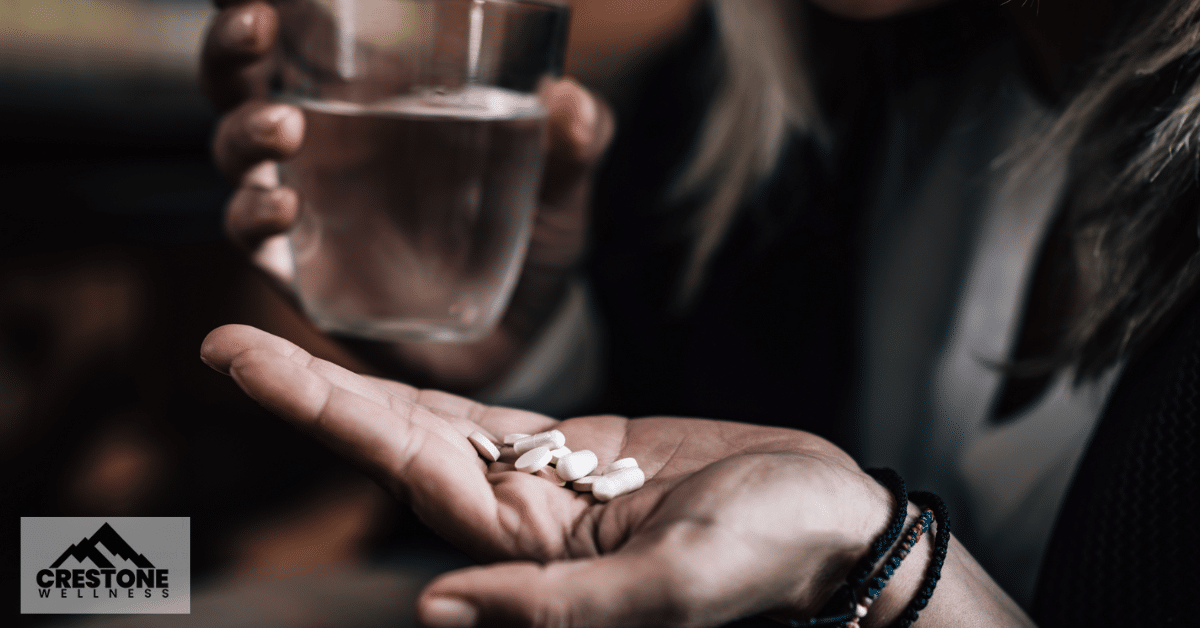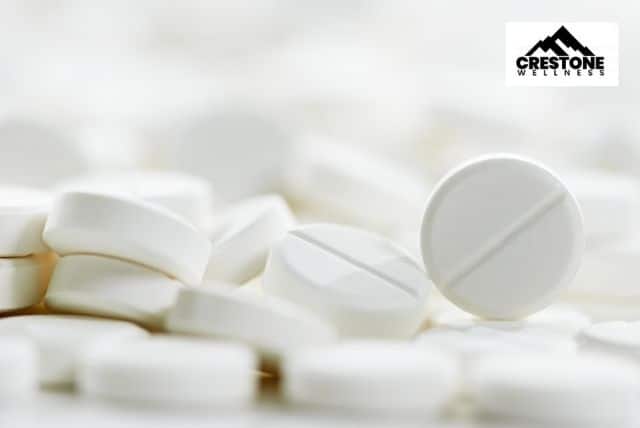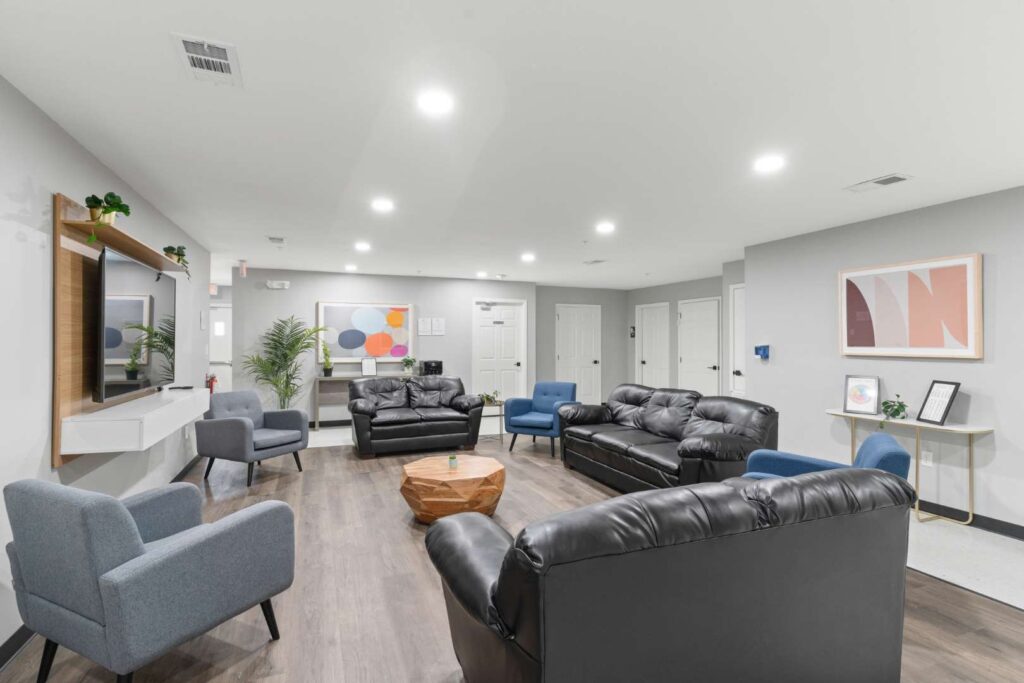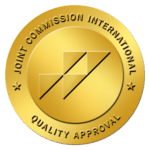Most people who want to stop using hydrocodone have a few concerns. What are the hydrocodone withdrawal symptoms? How long does the opiate withdrawal period last? The truth is that, as with many addictive medications, hydrocodone withdrawal varies from person to person. Therefore, the withdrawal symptoms can differ since no two people process and metabolize a substance in exactly the same way.
Although the severity of withdrawal might vary, it is uncomfortable and frequently leads to relapse as people attempt to ease their suffering. The general recommendations provided here can help you understand the nature of hydrocodone withdrawal. If you are struggling with drug abuse, we strongly recommend enrolling in a hydrocodone detox program.
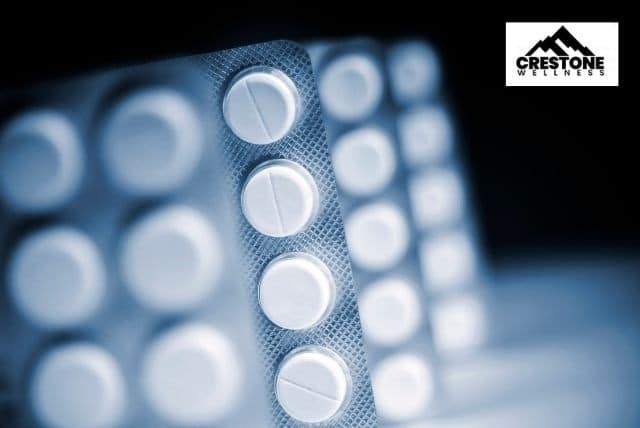
What Is Hydrocodone?
Hydrocodone forms part of the many prescription opioids on the market. The drug has been on the market as a prescription drug for many years, but it gained popularity along with oxycodone in the late 1990s and early 2000s as prescribing guidelines for opioid prescriptions relaxed and doctors started using these treatments to treat a wider spectrum of pain.
Even those who use hydrocodone as directed by their doctor may become physically dependent on the drug, despite the fact that it’s crucial for those with moderate to severe pain to have access to the drug with a prescription and supervision from their doctor. However, if you cooperate with a doctor, you can gradually stop taking the medication until your body stops requiring it to feel normal.
If you struggle with abusing hydrocodone, you could attempt to stop on your own, which could result in unpleasant hydrocodone withdrawal symptoms.
Hydrocodone Withdrawal Symptoms

The body will respond when someone decides to stop using drugs or alcohol on a regular or chronic basis because it must learn to function without the substance on which it has been dependent. Withdrawal symptoms are typically brought on by stopping use and can be unpleasant. The following are minor and severe symptoms of hydrocodone withdrawal:
- Muscle aches
- Severe pain
- Headaches
- Sweating
- Teary eyes
- Insomnia
- Flu-like symptoms such as a runny nose
- Depression
- Trouble concentrating
- Excessive yawning
- Fatigue
- Stomach cramping
- Drug cravings
- Restlessness
- Agitation
- Vomiting
- Nausea
- Irregular heartbeat
- Chills
- Diarrhea
- High blood pressure
Up until hydrocodone is totally eliminated from the body, medical detox can control withdrawal symptoms throughout the first phase of rehabilitation. Then, other aspects of rehab, such as counseling, and co-occurring disorder treatment, can start.
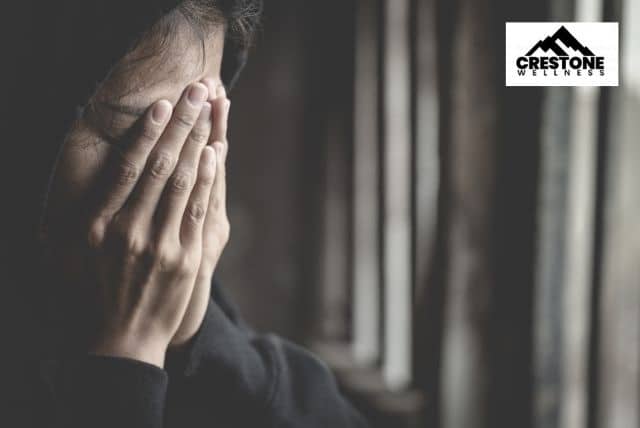
How Long Does Hydrocodone Withdrawal Last?
Within a few hours of the effects of your last dose wearing off, you begin to experience withdrawal symptoms. This is when you’ll probably encounter drug cravings, diarrhea, mood swings, cold sweats, and sleep disturbances.
The most severe hydrocodone withdrawal symptoms often begin 72 hours after the last dose. Most severe withdrawal symptoms last for seven to 10 days after this peak. Some moderate withdrawal symptoms may persist for several months. In both scenarios, cravings will persist during withdrawal but eventually reduce or disappear entirely.
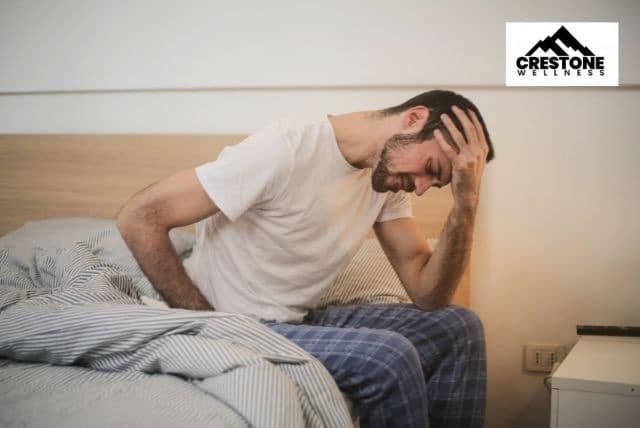
Variations in the Hydrocodone Withdrawal Timeline
Even while the above timetable gives you a rough idea of the symptoms of hydrocodone withdrawal, they can differ. Individuals’ symptoms vary depending on a variety of conditions; for instance, the duration of your withdrawal symptoms will increase the longer you’ve had a substance use disorder.
Additionally, studies reveal that the withdrawal process is prolonged in those with underlying mental illnesses. The relationship between the two is explicable given that addiction is a mental condition in and of itself. Lastly, how soon you recover from withdrawal will depend greatly on your mindset. You have a better chance of beating addiction if you put all your effort into your recovery and believe in it.
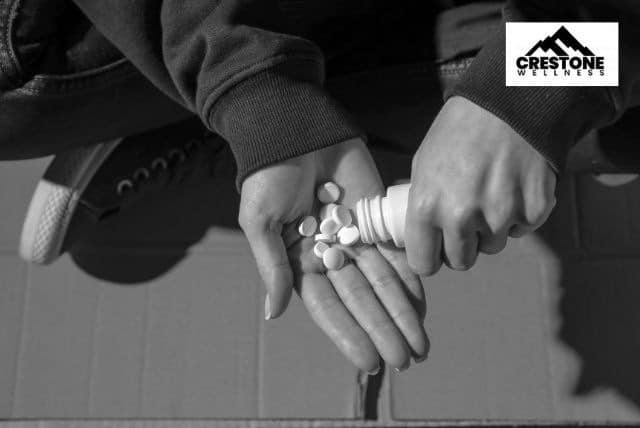
First Six to 12 Hours
Detoxification starts; thus, the symptoms may be modest before intensifying after around eight hours.
First 72 Hours
The most dangerous period is the first three days, with symptoms peaking after 72 hours. Furthermore, the first three days are when people lose hope and start using again, even though cravings can last for several weeks or months after quitting the drug or pain medication. Therefore, a hydrocodone detox center with medical supervision is crucial at this point.
Three to Five Days

Physical symptoms start to lessen, and the drugs have already left the body entirely. Your treatment team can address any underlying medical conditions or mental health problems and develop a treatment strategy. It is also possible to construct a dual diagnosis treatment program for mental health issues and opioid addiction.
After the First Week and Beyond
Therapy generally begins at this stage, which typically lasts between 30 and 90 days. According to research, recovery is more likely to be long-lasting when therapy is voluntary and the person is ready. This depends on the length and intensity of the substance abuse, any accompanying issues that need to be addressed, and the individual’s perspective. Your treatment team can develop a rehab aftercare program after the program is done, which is crucial for long-term rehabilitation. After leaving a treatment center, the first six months are a vulnerable time for overdose or relapse.
Why Should You Detox from Hydrocodone and Other Drugs?
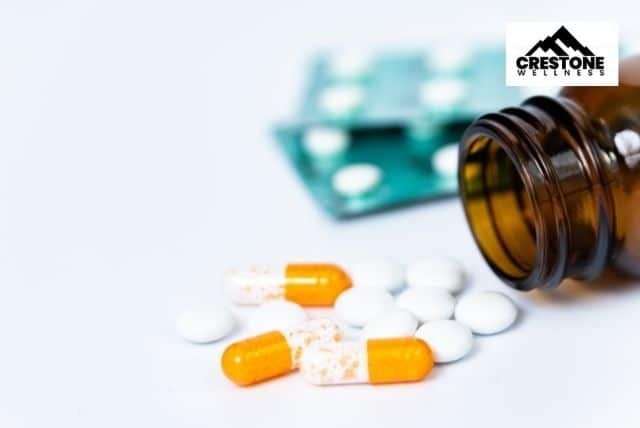
Some patients will make an independent, “cold turkey” attempt to stop taking hydrocodone. Abrupt drug withdrawal is not advised. There are no assurances that relapse won’t occur, nor is it safe. Because the body has grown accustomed to operating on the drug, abrupt stopping can be difficult for it.
Medications for Physical Dependence on Hydrocodone
The typical treatment for long-term medical maintenance and detox is methadone, although some more recent medications are showing promise for controlling opioid withdrawal. Since opiates are opioid agonists, they attach to and activate the brain’s opioid receptors.
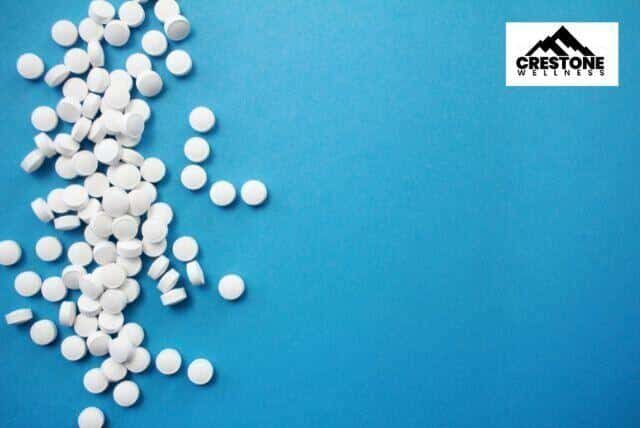
Although methadone is an agonist, it has a gentler impact than other opiates and a longer half-life, allowing it to effectively manage withdrawal with less chance of becoming dependent.
Drugs that treat hydrocodone addiction are classified as partial agonists and antagonists, including buprenorphine. Narcotics that serve as partial agonists still bind to the same receptors; however, they do not fully activate them as strong drugs do. Buprenorphine, Subutex, and Suboxone are the three partial agonist medications most frequently used in the treatment of hydrocodone addiction.
Antibodies bind to the receptors and shut them down. As a result, the user wouldn’t experience any of the effects of an opiate because they aren’t active. This group of medications includes naloxone and naltrexone.
Substance Abuse Treatment
A medically assisted treatment (MAT) regimen for the duration of detoxification is the first step in almost all substance use disorder treatment programs. This is required to control withdrawal symptoms, which can range from slightly uncomfortable to potentially fatal at worst.

The duration of medical detox from hydrocodone addiction typically ranges from three to seven days, depending on how severe the symptoms are. Moreover, the medication should have left the body by this point, but withdrawal symptoms can linger in some form for a week or longer following the final dose. The therapeutic stage of treatment might start whenever the brain is able to function more or less naturally on its own. This includes individual sessions with a certified addiction specialist, group counseling, and complementary therapies such as physical activity, massage, music therapy, or art therapy. Regular meals and snacks, together with medical attention, will aid in overcoming the malnutrition and health issues that frequently accompany addiction.
These first 30 days pose a serious risk of relapse and overdose. As a result, many medical professionals advise using residential inpatient therapy as a support system throughout the first stages of rehabilitation.
How Effective Is Addiction Treatment?
The battle with drug use disorder can last a lifetime. Furthermore, the likelihood of making a sustained recovery is increased by receiving treatment at a facility that is licensed and staffed by medical personnel with experience treating opiate addiction and dependency. It is strongly advised that drug abusers receive residential therapy for at least 60 days.

This enables recovering addicts to get away from the setting that encouraged their initial addiction. Most programs provide continuing medical care in addition to individual and group therapy.
A medical maintenance program or aftercare program could be required to sustain sobriety. If the participant’s usage was prolonged, heavy, or they previously relapsed following treatment, these services may be able to help them from doing so again.

A relapse recovery treatment program might be crucial when someone experiences a relapse or starts to struggle significantly with stress or cravings. These care plans place more emphasis on the difficulties that each person has in their recovery. As a result, individuals


